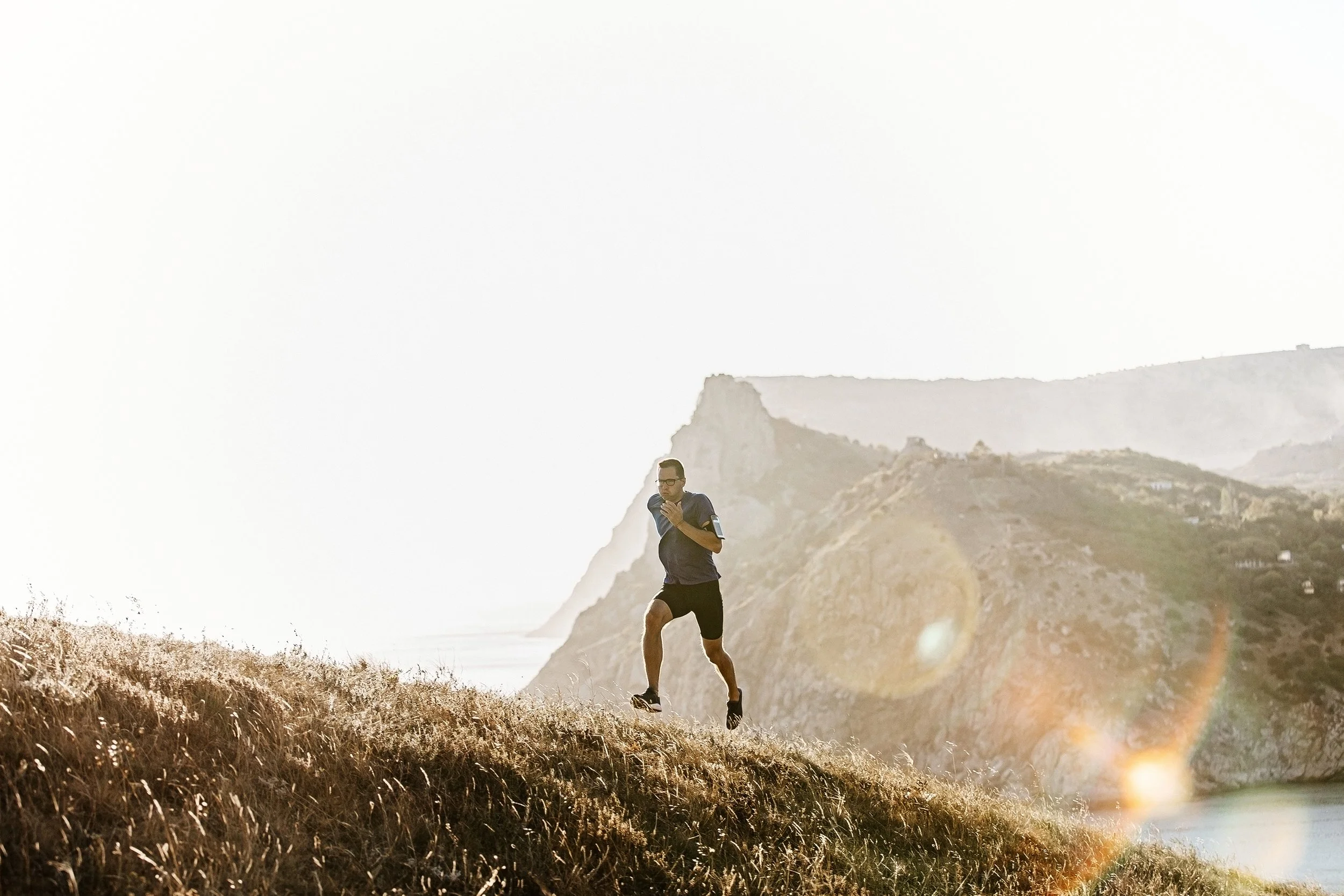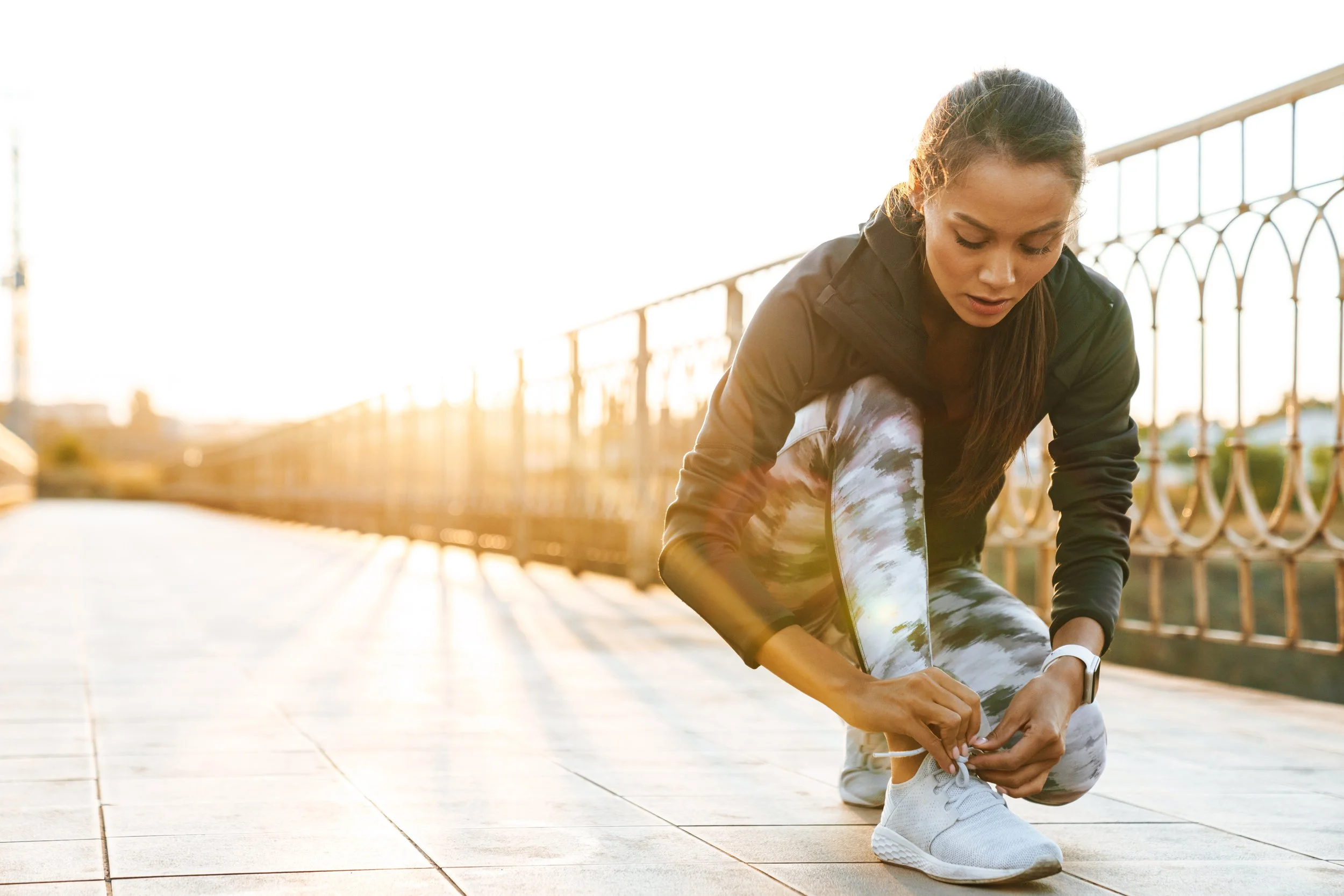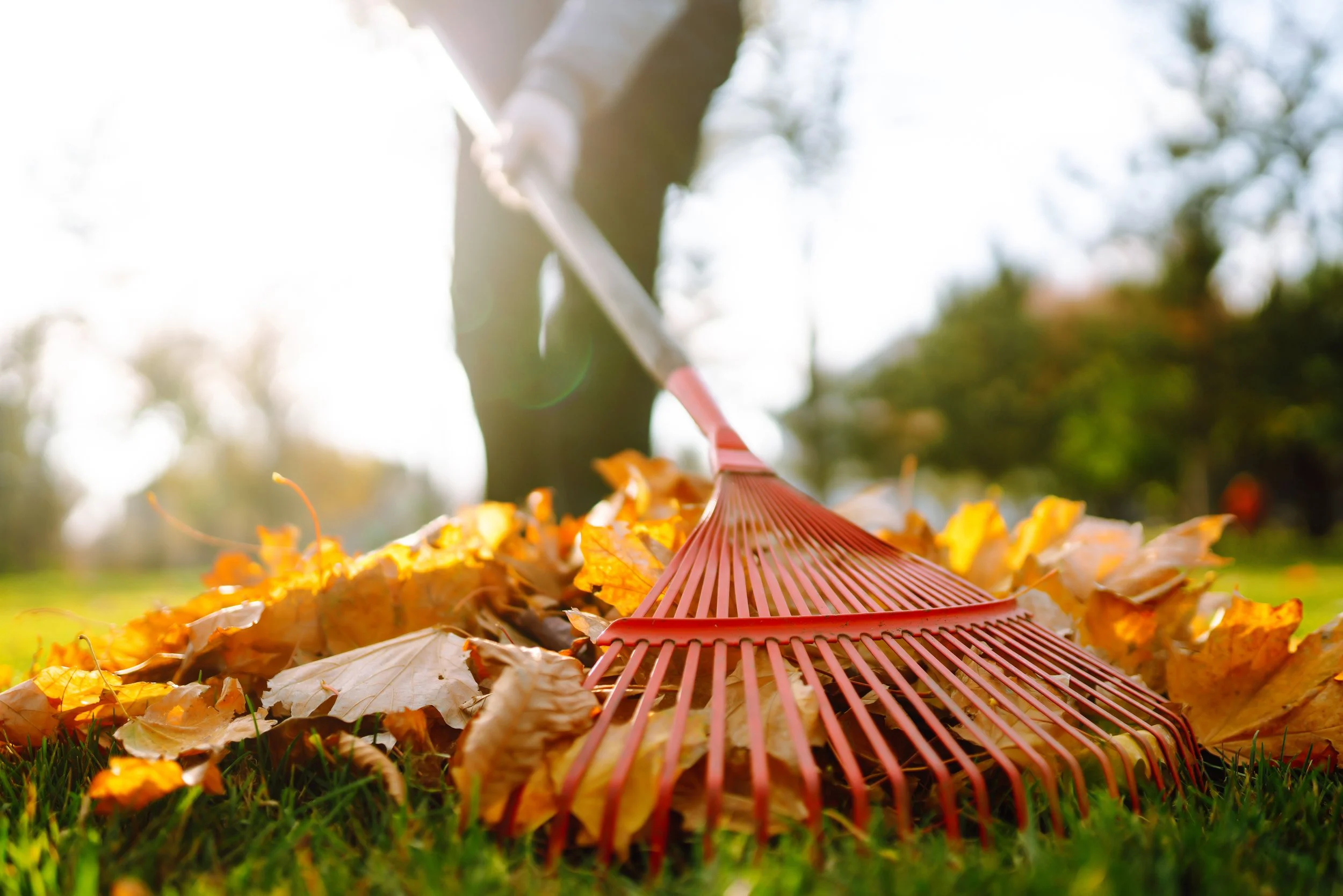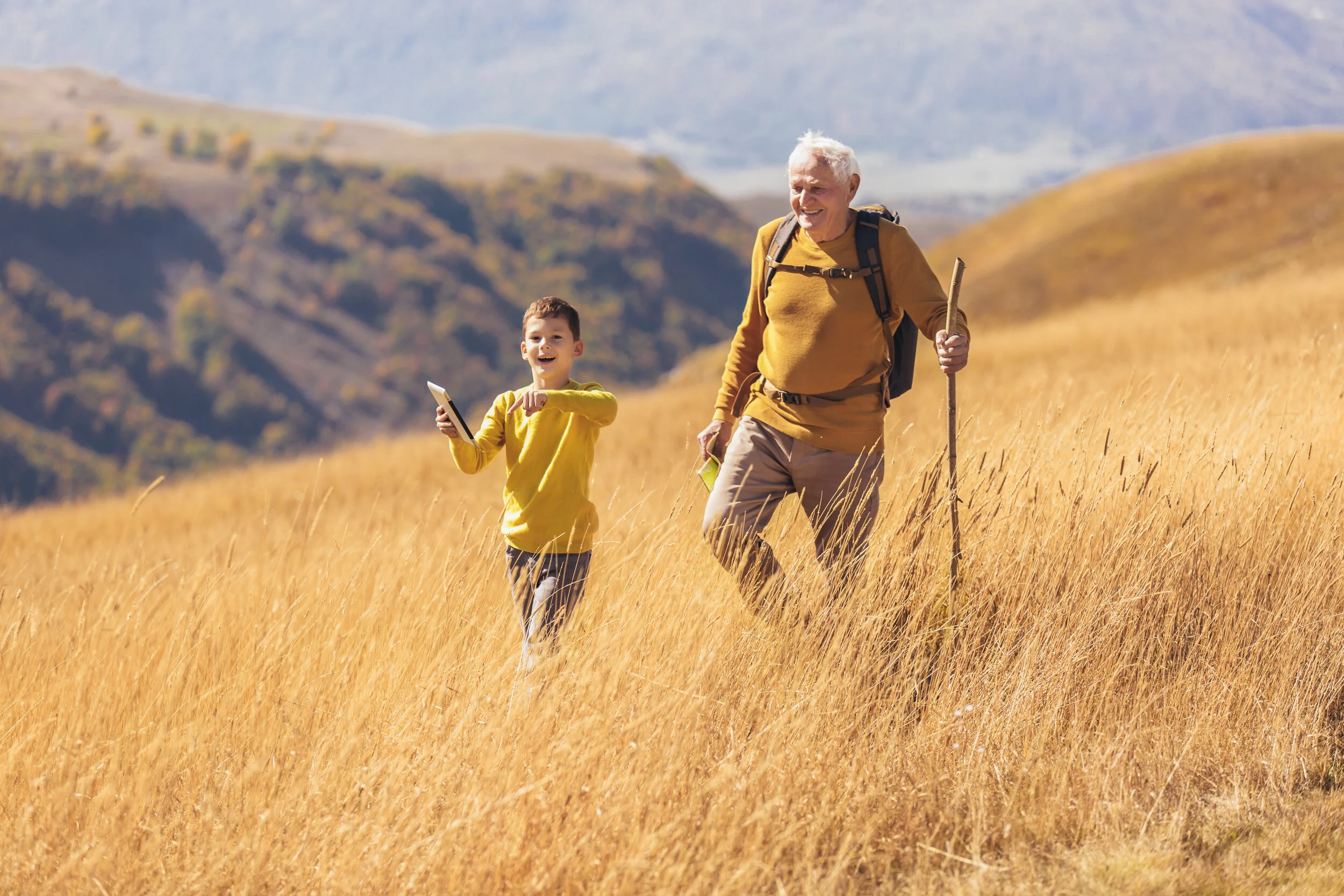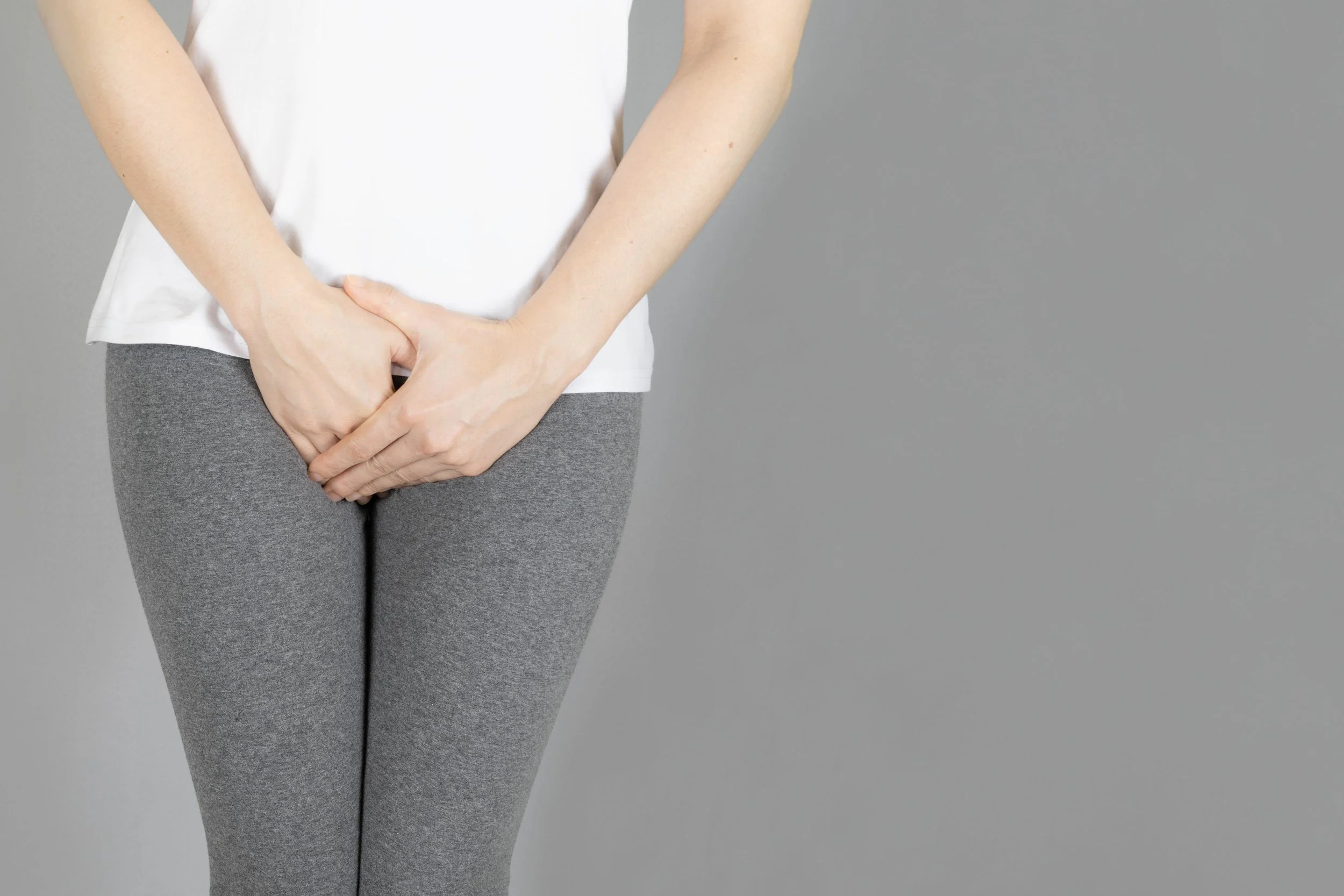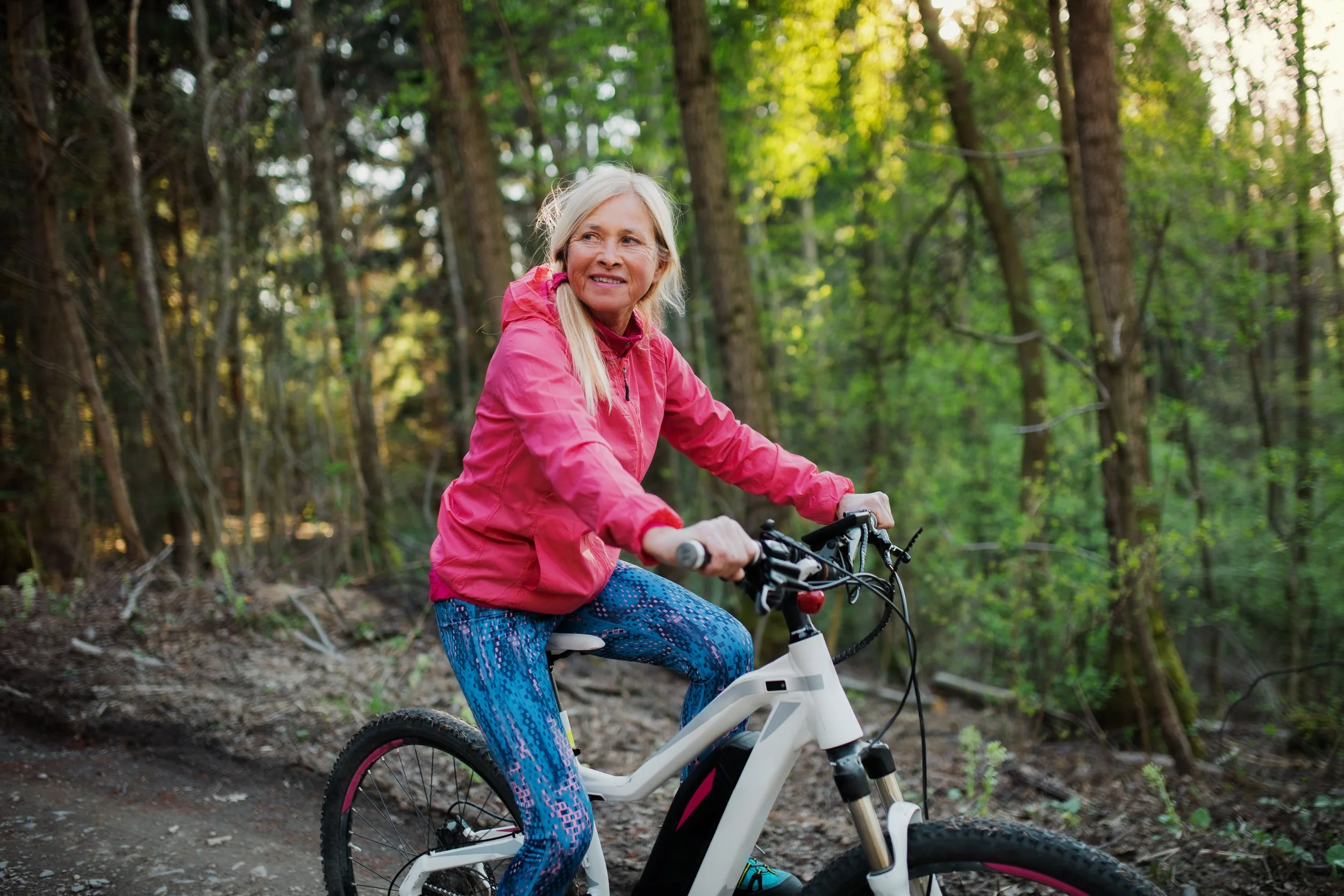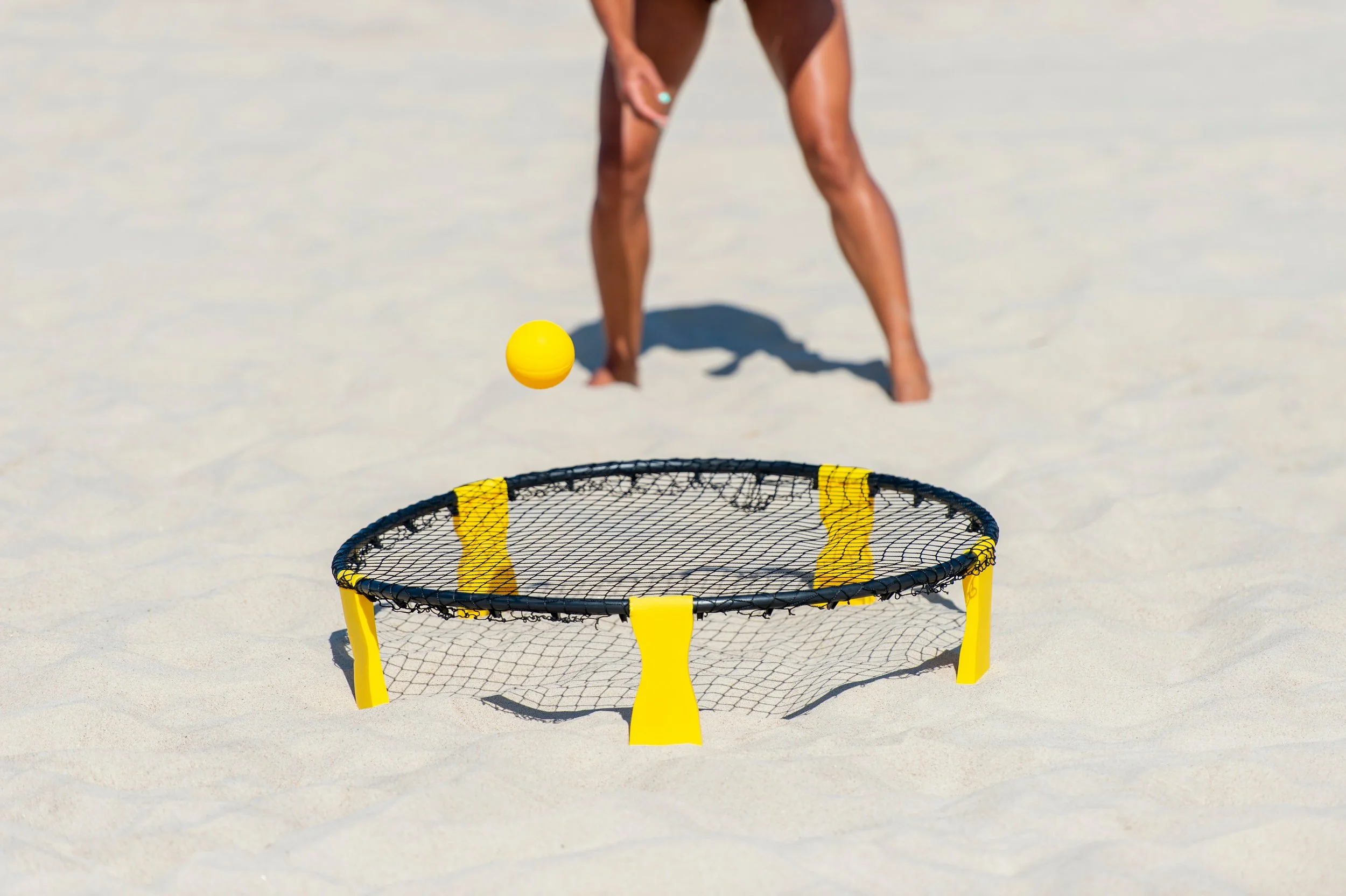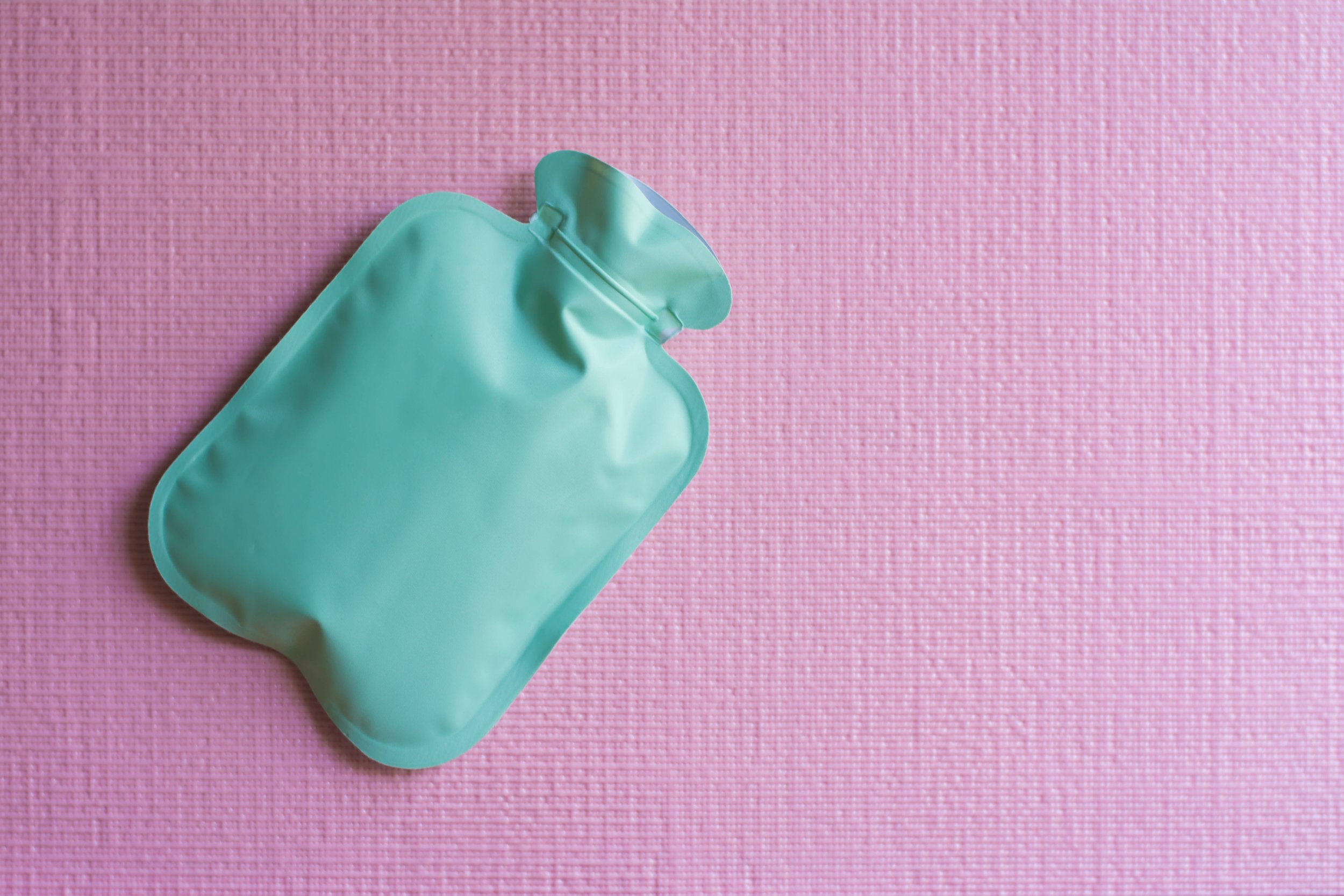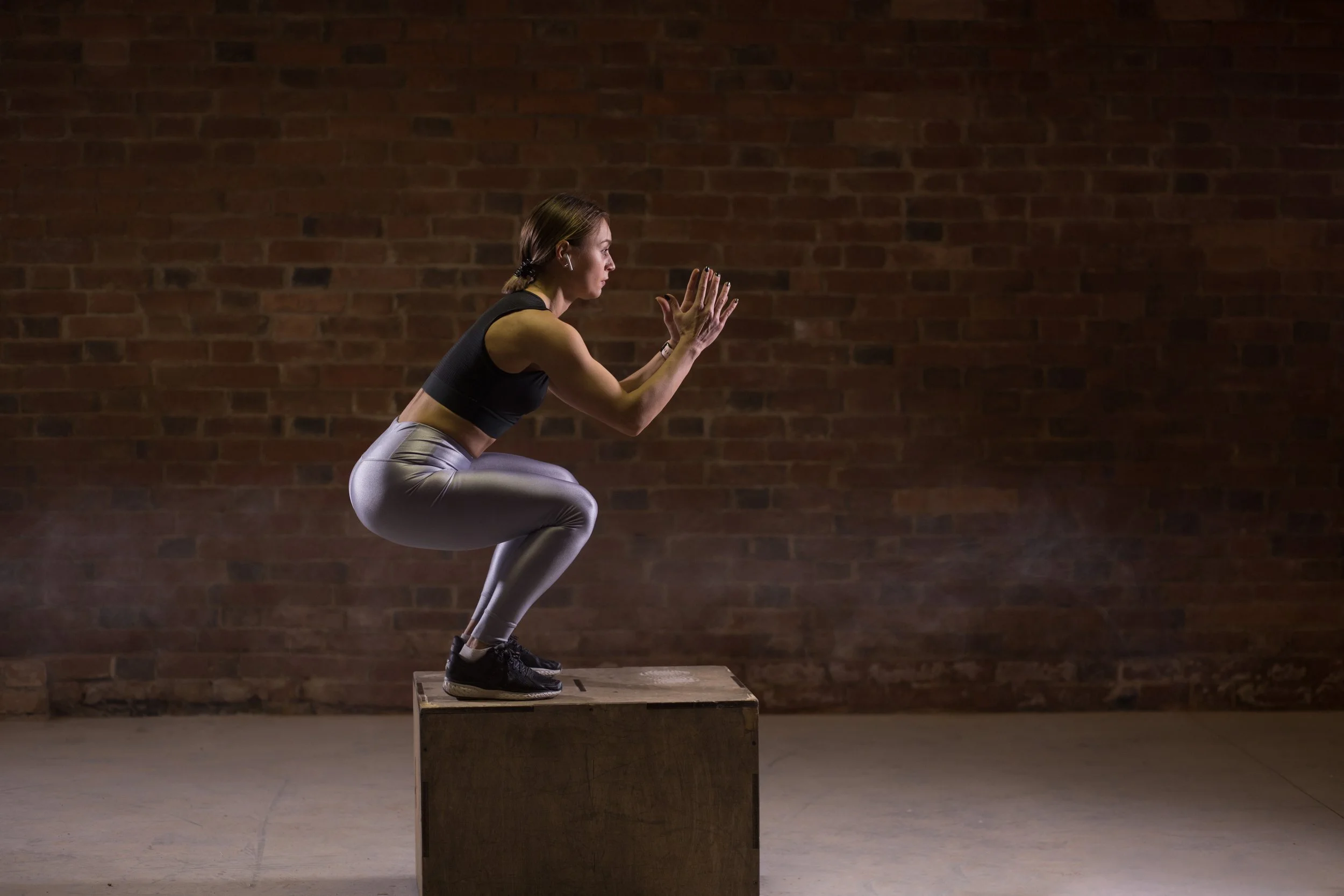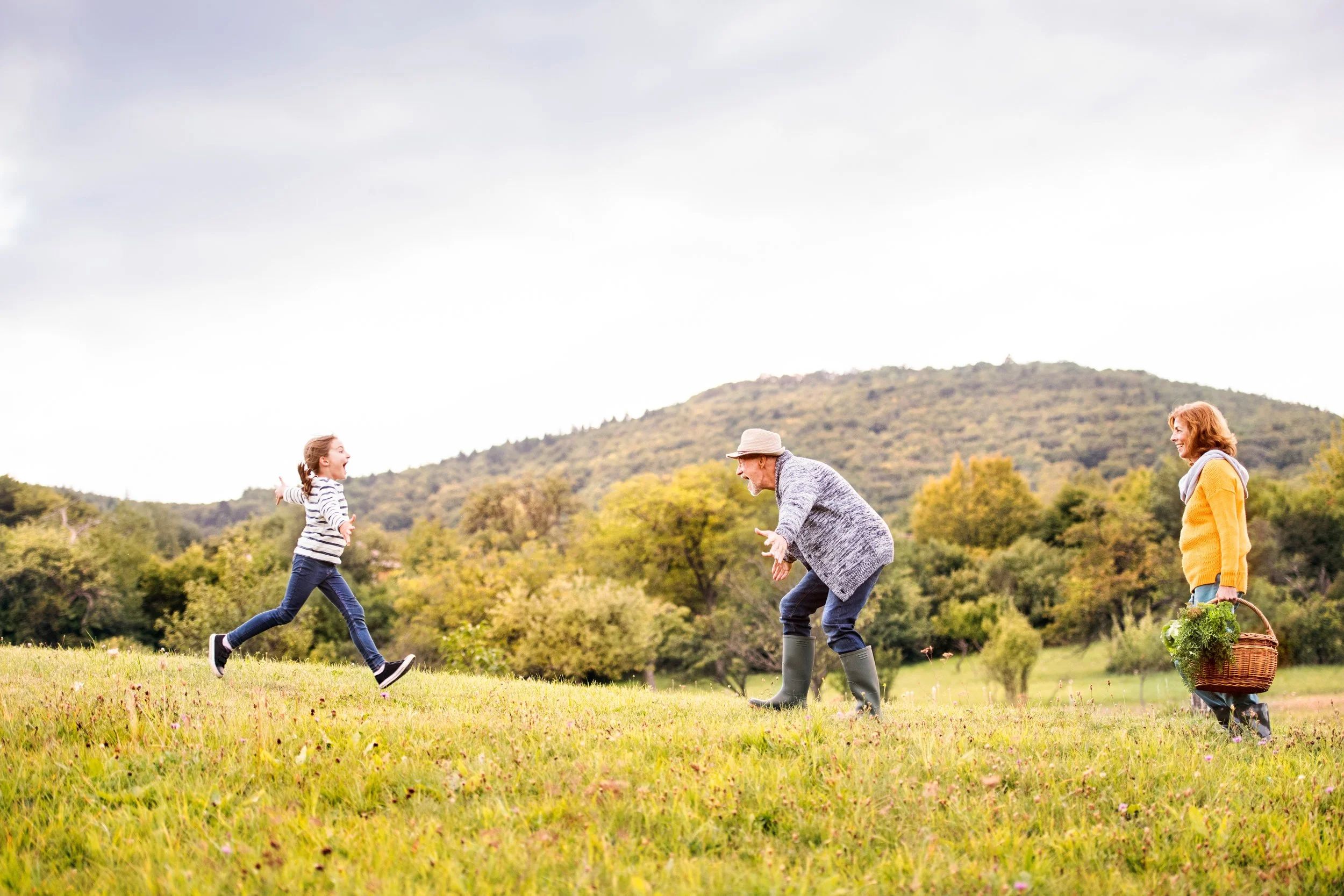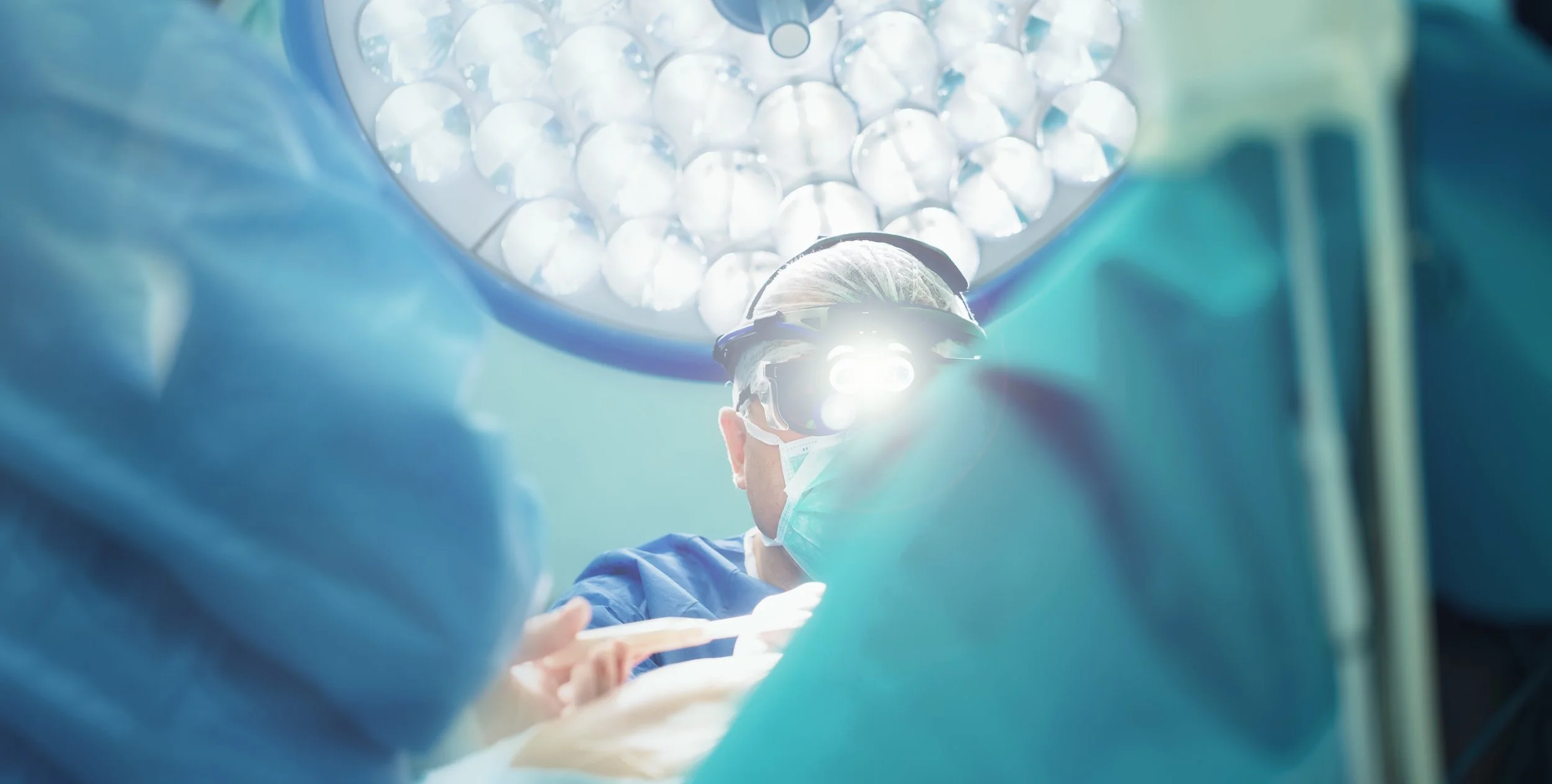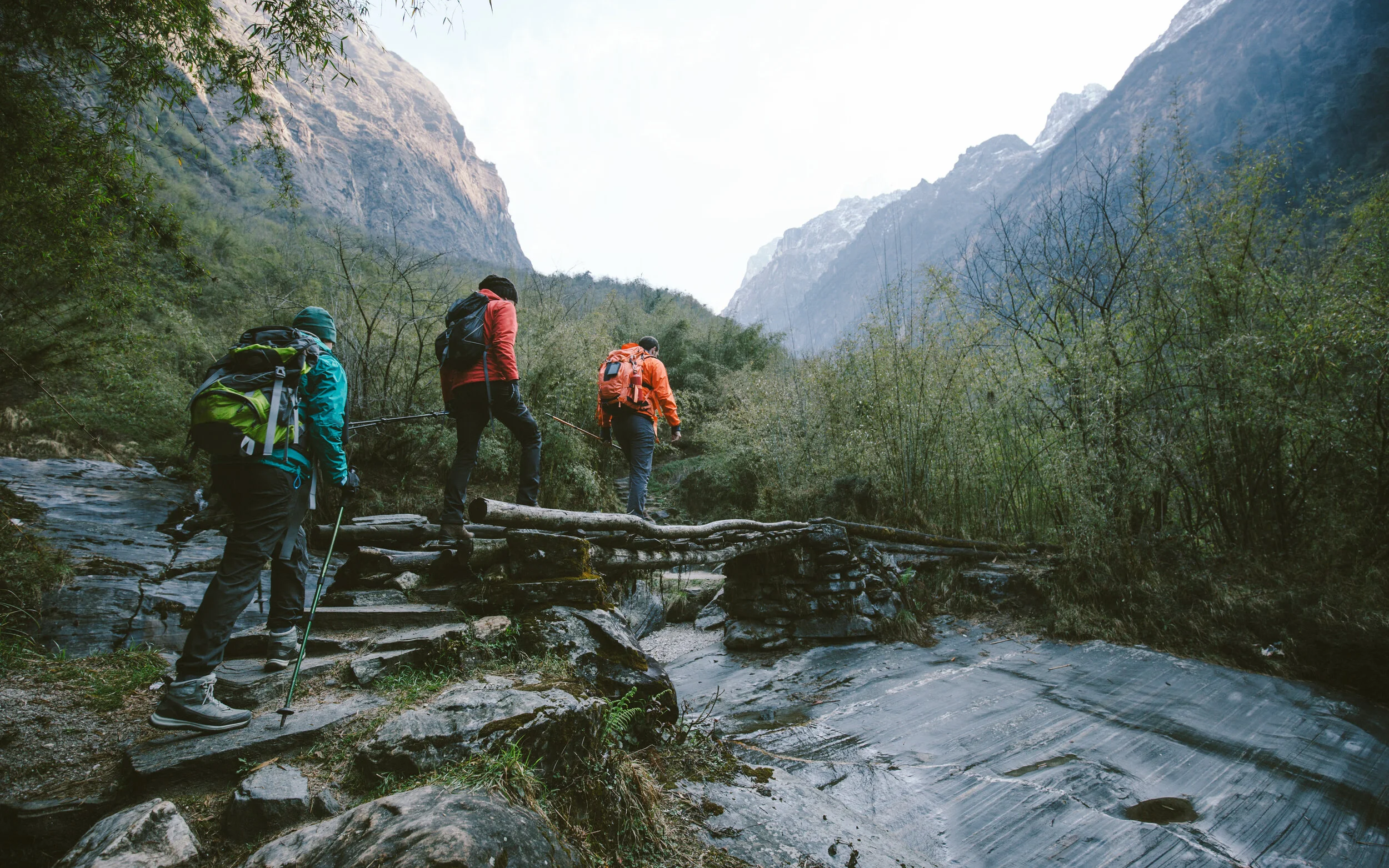What is a bone stress injury (BSI) and how do I know I have one? How long will it take to get me back to running? As a physical therapist who treats a lot of runners and as a lifelong runner myself, I have always had a passion for keeping runners running. The act of running can make someone’s day tick along better, can help with consistent sleep, calm the nerves and can even make a runner more fun to be around. It can be social or an act of solitude. It can be alarming for a runner when they start to experience a nagging pain that doesn’t warm up or even worsens as they run. Pain that doesn’t dissipate with a warm-up routine or is vague at first but then becomes localized or intensifies through the run can be a sign of a bone stress injury or BSI. BSI is a general term indicating mechanical load is exceeding the bone’s structural ability to withstand the load. However, BSIs occur on a continuum. One end of that continuum is a stress reaction, the other end can be stress fracture or even a full fracture of the bone. The runner recognizes this as pain that isn’t normally present. BSIs can occur for many reasons whether due to biomechanics or from a nutritional standpoint or a combination of both. As high-school and college cross-country runners prepare now for this upcoming season, they should be aware of the common causes and ways to prevent bone stress injuries.
Bone Stress Injuries
What is a bone stress injury (BSI) and how do I know I have one? How long will it take to get me back to running? As a physical therapist who treats a lot of runners and as a lifelong runner myself, I have always had a passion for keeping runners running. The act of running can make someone’s day tick along better, can help with consistent sleep, calm the nerves and can even make a runner more fun to be around. It can be social or an act of solitude. It can be alarming for a runner when they start to experience a nagging pain that doesn’t warm up or even worsens as they run. Pain that doesn’t dissipate with a warm-up routine or is vague at first but then becomes localized or intensifies through the run can be a sign of a bone stress injury or BSI. BSI is a general term indicating mechanical load is exceeding the bone’s structural ability to withstand the load. However, BSIs occur on a continuum. One end of that continuum is a stress reaction, the other end can be stress fracture or even a full fracture of the bone. The runner recognizes this as pain that isn’t normally present. BSIs can occur for many reasons whether due to biomechanics or from a nutritional standpoint or a combination of both. As high-school and college cross-country runners prepare now for this upcoming season, they should be aware of the common causes and ways to prevent bone stress injuries.
Mom Posture
There are a number of body changes that mothers experience during and after their pregnancies that can cause unique challenges and that often get overlooked in prenatal and post-partum care. These challenges involve increasingly new spine stresses, adaptations, and difficulties maintaining a “neutral spine”.
A neutral spine is the ability to maintain the natural curves of the spine that allow for shock absorption when we stand and walk and allow for our center of mass to be maintained at our belly button region. Women are often challenged through their pregnancies to maintain neutral spine postures due to the fast changing size of the babies and the increased distribution of weight in their mid section.
Knee Osteoarthritis
Knee pain can slow down the best of us but with physical therapy much of the limitations can be improved. Climbing stairs, biking, running, gardening, playing with kids, hiking, and long walks can all be improved with range of motion, balance, and strength. Ask a physical therapist today for more information.
Pregnancy & Postpartum
The pelvic floor consists of several layers of muscle contained within the pelvis that are designed to support the abdominal and pelvic organs, allow for proper bowel and bladder voiding, sexual activity, and child birth. Just like any other muscle in the body, we can experience issues from these muscles being too weak, too short, too long, overactive, or underactive. However, pelvic floor muscles can be rehabbed similarly to our other muscles as well. For example, if I strain a muscle in my leg, I’m going to work on getting the injured muscle and the surrounding area stronger, improve muscle length, and activate at the appropriate times. The pelvic floor muscles function in the same way as other muscles in our body, and need similar attention if there is pain or dysfunction.
Pregnancy & Postpartum Incontinence
The pelvic floor consists of several layers of muscle contained within the pelvis that are designed to support the abdominal and pelvic organs, allow for proper bowel and bladder voiding, sexual activity, and child birth. Just like any other muscle in the body, we can experience issues from these muscles being too weak, too short, too long, overactive, or underactive. However, pelvic floor muscles can be rehabbed similarly to our other muscles as well. For example, if I strain a muscle in my leg, I’m going to work on getting the injured muscle and the surrounding area stronger, improve muscle length, and activate at the appropriate times. The pelvic floor muscles function in the same way as other muscles in our body, and need similar attention if there is pain or dysfunction.
Sacroiliac Joint Pain
The diagnosis and treatment of the sacroiliac joint (SIJ) can be challenging and is highly debated within the research and among clinicians. While the existing research is focused on investigating variations of mobilizations and manipulations to treat SIJ dysfunction, it is deficient in how to enhance treatment and patient’s self-efficacy with specific exercises. With that in mind, I’ll aim for brevity in my review of the anatomy and biomechanics of the SIJ region so I can focus on existing research and a few “clinical pearls” that I have picked up through my continuing education and practice treating SIJ pain in the clinic. The pelvis can be thought of as a ring or bowl holding our internal organs. The interface between the sacrum (triangular bone at the base of the spine) and ilium bones form the sacroiliac joints. Because of this orientation, the SIJ is well equipped to help manage forces through the pelvis through a combination of bony connections, ligamentous attachments, and muscular attachments. While the sacrum is the attachment point for several major muscle groups (multifidus, erector spinae, latissimus doris, gluteus maximus, piriformis, and portions of the pelvic floor), the sacrum itself does not move in isolation, and it is heavily impacted by muscles attaching in and around the pelvis.
SpikeBall
Summer is here, which means change is upon us. Whether you spend this time of year gardening, spring cleaning, or taking in the sunshine doing yard work, these kinds of activities require a lot of lifting which could cause a low back strain. I recently moved and I could not help but notice my back feeling sore the next week or so. I was humbly reminded that I am no longer in my early twenties– gone are the days of lifting and carrying with pure strength and little care for form. I quickly learned that if I want to continue being helpful for future moving days, I have to maximize proper movement strategies to minimize all those aches and pains. As your local physical therapist, I wanted to highlight good lifting mechanics and provide some helpful tips that will limit your chance of injury for your next moving day.
Heat or Ice?
Ice or Heat: Body Pain’s Greatest Question
Life has a funny way of leaving its mark on us and quite often it can hurt! By now you’ve likely experienced some kind of injury that caused bruising, swelling, and worst of all pain, either acute or chronic. With any injury therein lies the proverbial question, “should I use ice or heat?” The concept of applying these thermal modalities can seem relatively simple and straight forward but it can become confusing as not every injury presents the same. Thus it makes senses why I’m frequently asked which one should be used for a particular injury. Sometimes I’ve suggested that both are appropriate depending on the situation. Improper use of these modalities can slow your recovery, so it is important to base your decision on physiology and what is most safe and effective.
Moving Day
Summer is here, which means change is upon us. Whether you spend this time of year gardening, spring cleaning, or taking in the sunshine doing yard work, these kinds of activities require a lot of lifting which could cause a low back strain. I recently moved and I could not help but notice my back feeling sore the next week or so. I was humbly reminded that I am no longer in my early twenties– gone are the days of lifting and carrying with pure strength and little care for form. I quickly learned that if I want to continue being helpful for future moving days, I have to maximize proper movement strategies to minimize all those aches and pains. As your local physical therapist, I wanted to highlight good lifting mechanics and provide some helpful tips that will limit your chance of injury for your next moving day.
ACL Series Part 3: Rehab
Right now, I am 1.5 years post ACL surgery, but 3.5 years post ACL injury. I will be recalling my experience starting at the time of injury all the way through my individual Physical Therapy experience. This will be a multi-part series that tells my story, plus various research facts and personal details along the way.
Reducing Fall Risk
Falls have become the leading cause of injury for older adults. 27.5% of individuals 65 years and older have reported at least one fall in the past year.1 These falls can lead to serious injuries that involve broken bones or head trauma. Each year over 800,000 people in this age group are hospitalized due to a fall injury and 95% of hip fractures are caused by a fall.2 However, falls are preventable. Working to recognize the modifiable risk factors in our lives can help reduce the chance of fall and injury.
ACL Series Part 2: Surgery
Right now, I am 1.5 years post ACL surgery, but 3.5 years post ACL injury. I will be recalling my experience starting at the time of injury all the way through my individual Physical Therapy experience. This will be a multi-part series that tells my story, plus various research facts and personal details along the way.
Hip Osteoarthritis
Osteoarthritis is one of the most common orthopedic conditions among physical therapy patients. Osteoarthritis (OA) describes degeneration of cartilage and, eventually, bone in a moving joint. The development of OA can be the result of a previous injury or specific joint condition but is most often idiopathic in nature.1 Knees, hips, and thumbs are notorious for developing OA as a result of the large, repetitive forces these joints have to absorb over the course of a lifetime.2 The term OA refers to a wide spectrum of joint degeneration and can sometimes be used to describe a joint that appears damaged on an X-ray but doesn’t hurt or cause a decline in function (asymptomatic osteoarthritis). Various studies of the general population in the U.S. estimate that 20-28% of adults aged 60+ have evidence of hip OA on an X-ray, yet only 4-10% of this population have pain or poor function due to hip OA.3,4 Although an X-ray may show hip joint degenerative changes, treatment generally does not occur until someone begins to have symptoms.
ACL Series Part 1: Pre-Surgery
Right now, I am 1.5 years post ACL surgery, but 3.5 years post ACL injury. I will be recalling my experience starting at the time of injury all the way through my individual Physical Therapy experience. This will be a multi-part series that tells my story, plus various research facts and personal details along the way.
Anterior Knee Pain
Knee pain can slow down the best of us but with physical therapy much of the limitations can be improved. Climbing stairs, biking, running, gardening, playing with kids, hiking, and long walks can all be improved with range of motion, balance, and strength. Ask a physical therapist today for more information.
Osteoarthritis in My Knee
Knee pain can slow down the best of us but with physical therapy much of the limitations can be improved. Climbing stairs, biking, running, gardening, playing with kids, hiking, and long walks can all be improved with range of motion, balance, and strength. Ask a physical therapist today for more information.
"No I can't, I have a bad knee"
Knee pain can slow down the best of us but with physical therapy much of the limitations can be improved. Climbing stairs, biking, running, gardening, playing with kids, hiking, and long walks can all be improved with range of motion, balance, and strength. Ask a physical therapist today for more information.

